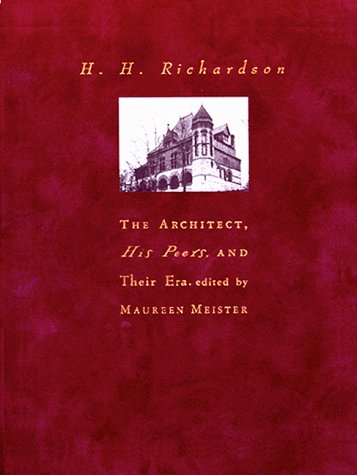Living Architecture




introduction by William H. Pierson, Jr. In this book leading scholars reconsider the significance of the late nineteenth-century American architect Henry Hobson Richardson, perhaps best known for his design of Boston's Trinity Church. Against the long-held view of Richardson as an isolated and proto-modernist genius, they argue for a broader understanding of his work within the context of his times. Viewed this way, Richardson becomes a more challenging figure--an architect who in many ways was shaped by and was consistent with his era, even as he dominated it.Thomas C. Hubka and Margaret Henderson Floyd examine individual Richardson buildings as vessels for his ideas. Francis R. Kowsky and James F. O'Gorman clarify our understanding of Richardson and his work in comparison to his peers Frederick Law Olmsted and Frank Furness. Jeffrey Karl Ochsner considers the legacy of Richardson's influence. In addition to shedding new light on the architect, the book shows how much Richardson scholarship has changed and matured over the course of a century.Copublished with the Oakes Ames Memorial Hall Association.
| Country | USA |
| Binding | Hardcover |
| EAN | 9780262133562 |
| Edition | 0 |
| ISBN | 0262133563 |
| Label | The MIT Press |
| Manufacturer | The MIT Press |
| MPN | 51 illustraions |
| NumberOfItems | 1 |
| NumberOfPages | 155 |
| PartNumber | 51 illustraions |
| PublicationDate | 1999-11-19 |
| Publisher | The MIT Press |
| Studio | The MIT Press |
| ReleaseDate | 0000-00-00 |